His writing machine was forerunner of typewriter
 |
| Ravizza used piano keys in his prototype design for his Cembalo Scrivano |
Ravizza created the first working prototype for his writing machine in 1846 and was granted patent in 1855. Yet, although he hailed from a wealthy Piedmontese family in Novara, he did not have the opportunity in pre-unification Italy to manufacture the device on a commercial scale.
As a result, the invention of the typewriter is most commonly credited to Christopher Latham Sholes, an American inventor whose design was not patented until 1868, yet had many of the characteristics of Ravizza’s Cembalo Scrivano.
Produced with the help of Sholes's fellow designers Carlos Glidden and Samuel Souley, the American machine was eventually manufactured at scale by E Remington and Sons in 1873, marking the beginning of the typewriter's widespread use.
Born in Novara in 1811, Ravizza’s education was aimed at him becoming a lawyer and though he graduated he rarely practised. He was much more interested in engineering, specifically in producing a machine that could replicate the art of writing.
He was not the first to have envisaged such a machine. In the early 19th century, an Italian nobleman, Pellegrino Turri, designed a device he hoped would help a blind friend be able to write letters. It did not progress beyond a prototype, although it was Turri who is credited with inventing carbon paper as a means to make an imprint on the page. Another machine is said to have been designed by an American, William Austin Burt, in around 1829.
 |
| Ravizza came from a wealthy background in Novara |
The upstroke mechanism that would be characteristic of the later American-produced version was also present in Ravizza’s machine, which also allowed the user to type both upper and lower case letters, an advancement not seen in the first Remington models.
His keyboard layout was almost certainly inspired by musical instruments, reflecting his belief that writing should be fluid and expressive. His ultimate vision was of a mechanised device that could put words on paper almost at the speed of thought.
Historians have noted the striking similarities between the Sholes typewriter and Ravizza’s design, and while no direct evidence of plagiarism has been uncovered it is possible that American designers will have been aware of Ravizza’s work.
The Cembalo Scrivano was shown to the public at the Industrial Exhibition in Turin in 1856, where Ravizza sold a small number at 200 lire each, and at a similar exhibition in Novara, where it was awarded a gold medal. The Cembalo Scrivano was also exhibited in London.
 |
| Ravizza spent almost 40 years refining his typewriter but it was never produced on a commercial scale |
Italy in the mid-19th century lacked the industrial infrastructure to support such innovation, and Ravizza himself was more an inventor than a businessman, with no particular motivation to make financial gains.
Having been born into a moneyed background, in 1886 he married Alessandrina Massini, an Italian philanthropist sometimes described as a forerunner of the feminist movement. Their home became a popular bourgeois salon.
Today, he is remembered as a visionary precursor to the typewriter revolution, if not the inventor. His machines are preserved in museums and private collections, including the Civic Museum of the Broletto in Novara, which has a Cembalo Scrivano donated in 1940 by the Mayor of Ivrea on behalf of the Olivetti Society.
 |
| The towering dome of the Basilica of San Gaudenzio dominates the landscape of Novara in Piedmont |
Novara, where Ravizza was born, is around 65km (40 miles) west of Milan and 100km (62 miles) northeast of Turin. With a population of just over 100,000, it is the second largest city in the Piedmont region, after Turin. Founded by the Romans, it was later ruled by the Visconti and Sforza families. In the 18th century it was ruled by the House of Savoy. In the 1849 Battle of Novara, the Sardinian army was defeated by the Austrian army, who occupied the city. This led to the abdication of Charles Albert of Sardinia and is seen as the beginning of the Italian unification movement. Among the fine, historic buildings in Novara, which include the Basilica of San Gaudenzio - notable for its towering campanile, topped by Alessandro Antonelli's 75m cupola - and the Broletto, a complex that was at the civic heart of many medieval Italian cities, is the Novara Pyramid, which is also called the Ossuary of Bicocca. It was built to hold the ashes of fallen soldiers after the 19th century Battle of Novara.
Stay in Novara with Expedia
 |
| The busy port of Livorno on Italy's west coast is the second largest city in Tuscany |
The port of Livorno is the second largest city in Tuscany after Florence, with a population of almost 160,000. It is the region’s principal seaport, a dynamic gateway to the Tyrrhenian Sea and a vital hub for both cargo and cruise traffic. The port spans over 2.5 million square meters, with 21 km of docks and around 90 berths. It handles over 35 million tonnes of goods and more than 3.5 million passengers, including 800,000 cruise passengers, each year. Positioned on Italy’s west coast, it is about 90km (56 miles) from Florence. Although it is a large commercial port with much related industry, it has many attractions, including an elegant sea front – the Terrazza Mascagni - an historic centre – the Venetian quarter – with canals, and a tradition of serving excellent seafood. The Terrazza Mascagni is named after the composer Pietro Mascagni, who was born in Livorno.
Find a hotel in Livorno with Hotels.com
More reading:
Camillo Olivetti - the founder of Italy’s first typewriter factory
The Italian engineer behind the world’s first personal computer
The priest and physicist who created the first ‘fax machine’
Also on this day:
1459: The death of humanist scholar Poggio Bracciolini
1877: The birth of businesswoman Luisa Spagnoli
1893: The birth of bodybuilder Charles Atlas
1896: The birth of conductor Antonino Votto






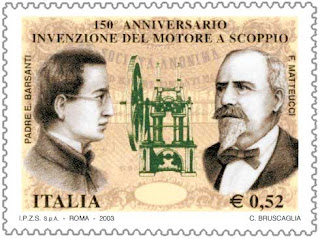
_-_Facade.jpg)
.jpg)
.jpg)

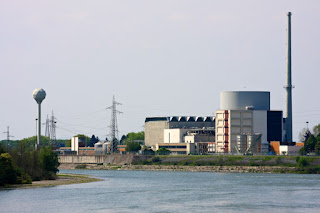
.jpg)
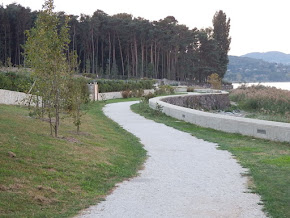
.jpg)
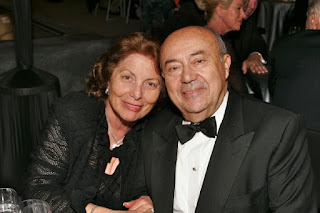
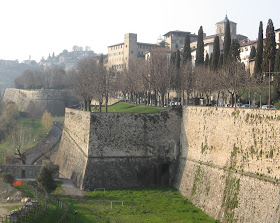
_-_facciata_1_2019-06-23.jpg)